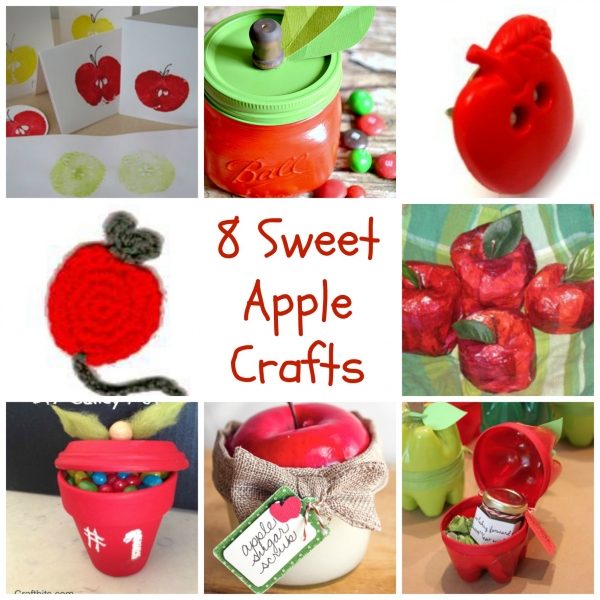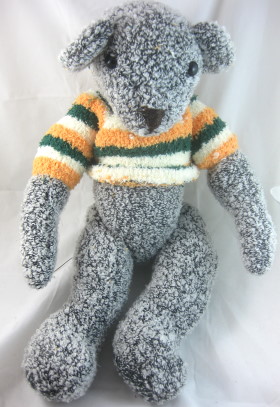
What you need
Several yards of nylon net, in one or more colors (amount of net needed will depend on the size of scrubbing pad desired, as well as the number of pads you wish to make)
1 pair of knitting needles (choose a medium size pair of needles, such as what you would use if you were knitting with rug yarn or another thick material).
Sharp pair of large scissors
Rotary cutter (optional)
Several wooden clothespins
Spool of quilting thread or carpet thread to match the color of the nylon net.
Needle with a large eye
Instructions
By purchasing several yards of nylon net, you’ll have enough material to make several scrubbing pads, which you can customize to the size and shape that will work best for your needs. When purchasing nylon net for this project, try to find varieties that have smaller holes in the netting, since this will produce a stronger and more abrasive scrubbing pad.
1. Before you can knit a scrubbing pad, you will need to cut the nylon net up into one inch wide strips. There are several methods to do this. If you’ve purchased several yards of netting, you can fold the length of netting over several times, securing with wooden clothespins.
Then use a large pair of sharp scissors or a rotary cutter to cut a one inch strip horizontally across all the layers of folded netting. This will produce one long strip that measures the total length of your purchased netting. This method will reduce the need to join individual strips of netting as you knit.
If you are using up shorter scraps of nylon net, simply cut into as many one inch strips as possible. These strips can then be overlapped and joined as you knit the scrubbing pad. Once you have your strips cut, roll them in bundles and secure.
2. Start by using one strip of nylon net, just as you would yarn. Cast 12 stitches onto your knitting needle, making sure to keep the netting rather loose, which will make it easier to knit.
After casting the stitches, use a standard knitting stitch to form the first row.
Then, knit several more rows, using a standard knitting stitch. By knitting every row instead of alternating between a knit and purl row, you’ll create ridges in the pad that will increase its abrasive qualities.
After you’ve knit several rows, take a look at the size, shape and density of the scrubbing pad. If it’s too loose, you might want to switch to a smaller size of knitting needles. If it’s too tight and difficult to work with, try using larger knitting needles or loosen the tension on the net strip as you knit.
3. Once you are happy with the end result, continue knitting until you have made a pad of the desired length. If you simply want to make a flat scrubbing pad, you can cast the stitches off the knitting needles and complete the pad by making a loop from the loose end of the nylon net strand.
4. If you’d like to make a scrubbing mitt, continue knitting until you’ve made a scrubbing pad twice as long as desired. Then, cast the stitches off of the knitting needles and make a loop from the loose end of the nylon net strand.
5. To complete the scrubbing mitt, fold the scrubbing pad in half, placing the shorter ends together.
Then, thread a needle with the quilting or carpet thread and sew the two long edges to form a mitt. Secure the loose ends of the thread with a tight knot. Turn the mitt inside out so that you don’t see your sewing stitches.
6. You can hang the finished scrubbing pad over your kitchen faucet using the loop. These pads are quite durable, and can be washed in the dishwasher or washing machine.
















Is anyone making them to sell
Can’t wait to make them. They look great.
I love this project and have made a number of these combined with cotton yarn to replace sponges in my house.
I also have made a number to give as gifts…..they were a big hit!
I’ve made many pots and pan scrubbies and I learn more about the holes in the net. I use them all the time. I thought I made my own pattern but my pattern is the same as yours.